How Recycled Paper Is Made, and How to Make It at Home
Updated Dec. 2 2020, 5:46 p.m. ET
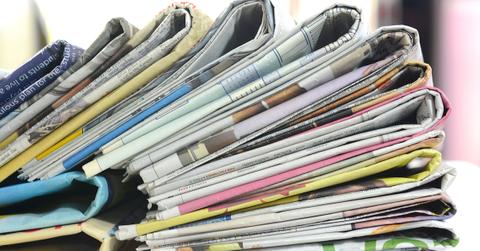
You could throw your old newspapers, junk mail, and notebooks away, but why would you? Paper is one of the most recyclable materials produced today, and recycled paper is used for everything from drink trays to cardboard boxes and even new newspapers.
Recycled paper is one of the most sustainable materials around, and because it’s actually not that difficult to make, it has become a booming and fairly environmentally-friendly industry. And the secret of how to make recycled paper is something that’s been known to science and schoolchildren for several decades.
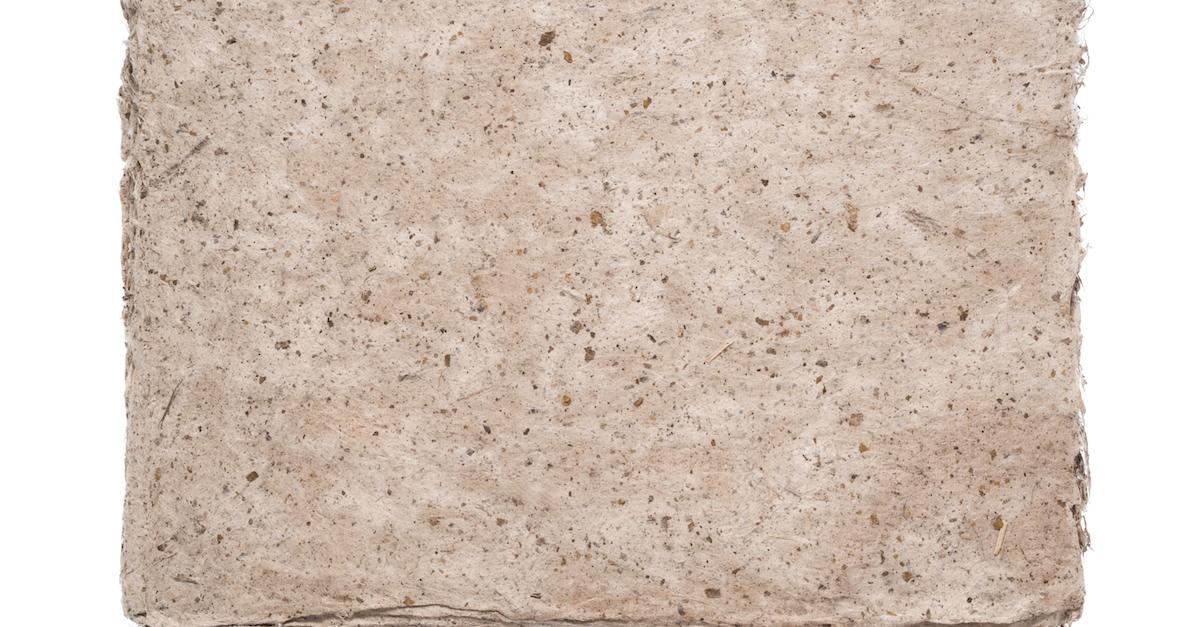
Who recycles paper?
Making commercial grade recycled paper is a pretty robust process. In the old days, recycled paper was usually made by smaller, ecologically-conscious companies. Beginning in the 1960s, the world was starting to notice a pretty significant pollution problem. Recycling became more than just something the Hippies did and started to hit the mainstream in a major way.
More and more paper was being brought in to be recycled and home-based or minor recycling enterprises were forced to grow. Money was brought into the equation and pretty soon, recycling itself became an industry all its own. These days, commercial paper mills have entire factory floors assigned to recycling. There are even paper mills dedicated entirely to paper recycling — mills that use no trees at all to make their paper products, only recycled paper.
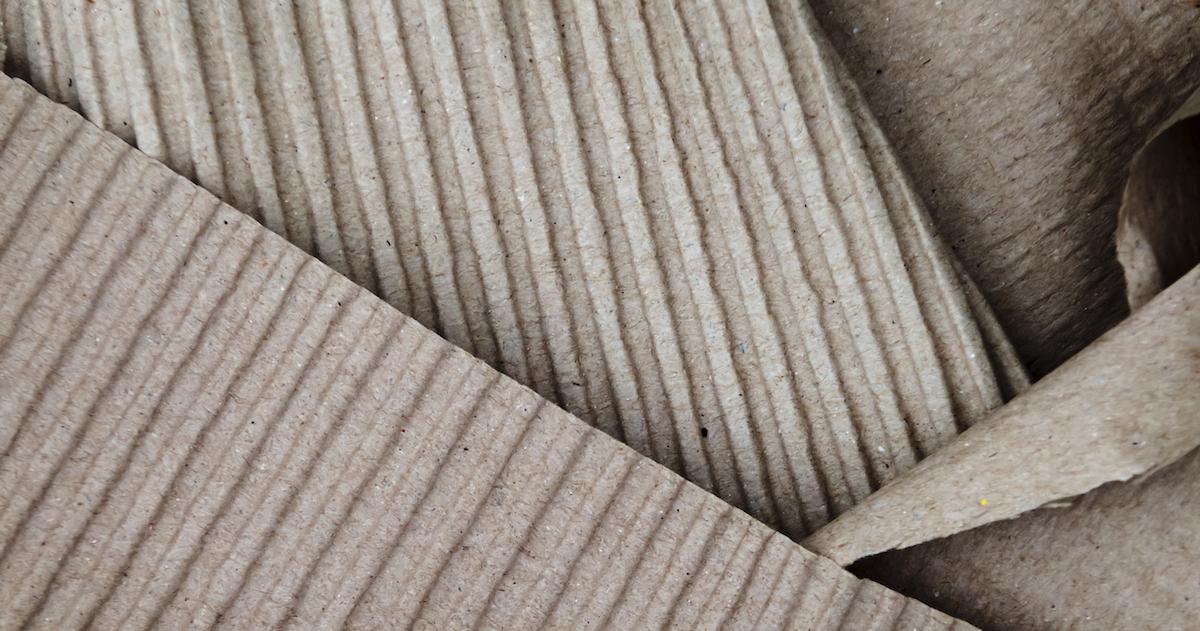
How paper is recycled commercially:
First, the paper is placed into what is essentially a huge blender called a pulper. The pulper rotates, reducing the paper into individual fibers and then a slurry of paper and water. The paper is then washed and refined. Contaminants, like staples, glass, plastic, and non-fibrous materials are washed away and removed. Once the paper has been washed and all the excess plastic, coatings, inks, and chemicals have been removed, the clean slurry is moved through a paper machine.
As per the Paper Recycling Coalition, not all the paper brought into the factory becomes recycled paper. About 2 percent of it is lost during the extensive process. But just because it is “lost” does not mean it goes to waste. This portion is often repurposed as compost, landfill cover, or feedstock for aerobic or anaerobic water treatment systems.
The rest is run through the paper machine screens, and water is drained away from the slurry. Eventually, the mostly-dried fibers are pressed and rolled to create large sheets of paper. The recycled paper is dried completely, rolled or cut, packaged, and sent out into the world to become any number of sustainable paper products. Recycled paper can be molded and changed into packaging, tubes, fiber cans, folding cartons, envelopes, paper dinnerware, and much more.
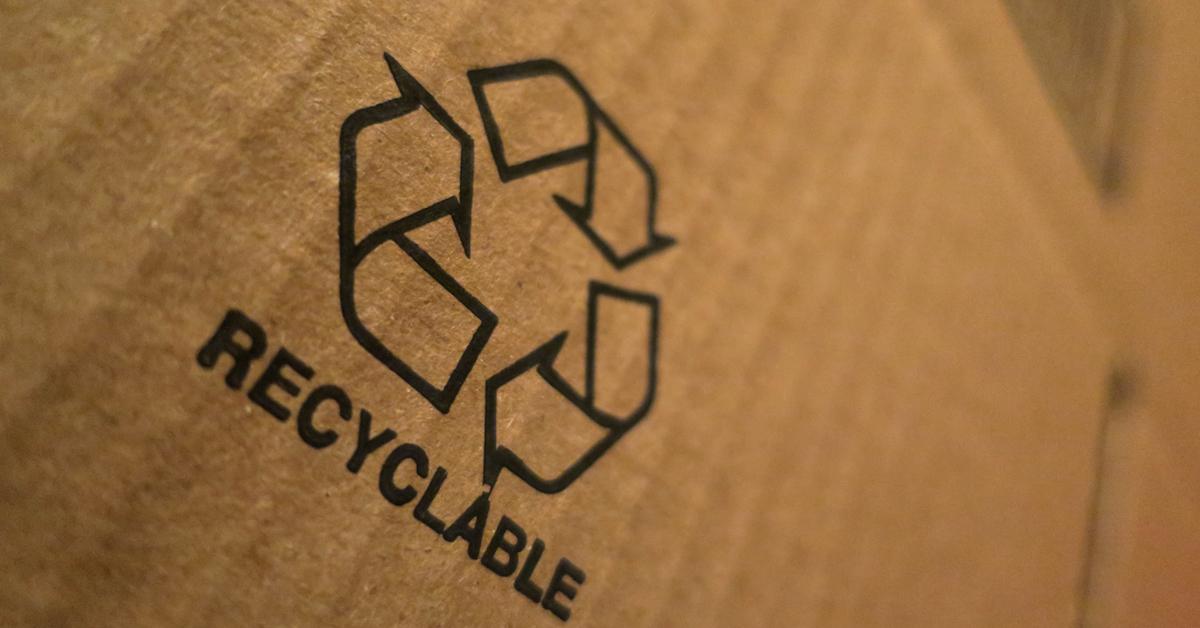
How to make recycled paper at home:
You don’t need giant industrial machines to make paper yourself. With a few old newspapers, receipts, or pieces of junk mail, you too can repurpose your paper into something new and usable. You'll need a few supplies to get started: a plastic storage tub, a kitchen blender, a screen attached to a frame, a wood board, sponge, rolling pin, towels, and some dry heat — the sun might work best.
The first step is to cut or rip your paper into 1-inch squares. Note that thicker, more durable paper will result in a more durable recycled paper stock as well, but really, this is about repurposing, so don’t worry too much about it. Remove all plastic, staples, etc. from the paper before placing it in a bin of water to soak for a few hours or, ideally, overnight. The next morning, put some water in a blender, and throw handfuls of the wet paper pulp into it. Do not overfill the blender!
Keep blending and adding paper until you’ve created a loose pulp. Do this in batches, and put the blended pulp into the storage bin or a plastic bucket until it’s about one-third to one-half of the way filled up. Adding more water to the pulp will result in thinner paper stock, while more more pulp will result in thicker sheets. You can even add food coloring or dyes to make colored sheets out of different batches.
At this point, you’ll need either a mold and deckle, which you can order online or make yourself, if you happen to have access to a wood shop, or at least a metal screen. Stir your pulp, hold the mold screen side up, and place the deckle evenly on top. Holding them together at a 45-degree angle, dip the mold and deckle to the bottom of the vat and scoop up, holding the mold and deckle horizontally.
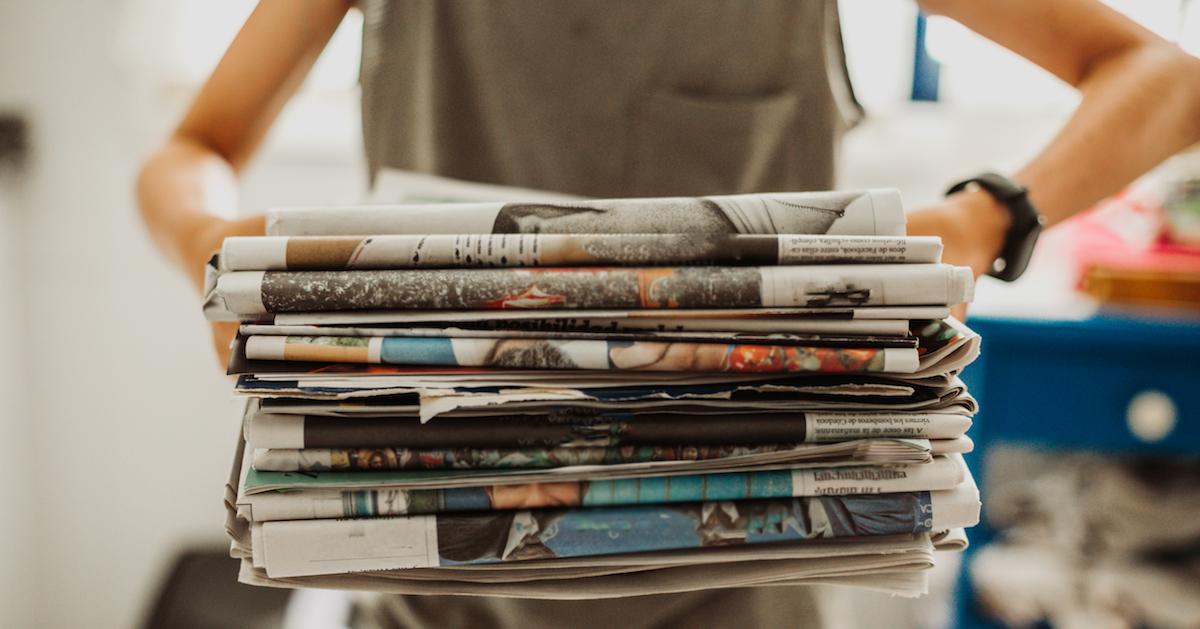
Be careful as you lift it out of the slurry and give a quick shake back and forth. This will align the fibers so that they make a more uniform sheet on the screen. Let the water drain from the screen and then begin “couching.” This means moving the wet sheet from the mold to a flat, absorbent surface. This is what the towel is for. Wool blankets, thick paper towels, sham-wows, or even bed sheets will work for this too.
Remove the deckle from the mold, then in one smooth motion, place the mold face down, press down, and lift from that initial edge.
You can press the paper down by hand, with your sponge, or by using the wooden board or rolling pin. Simply put another towel, piece of felt, or other absorbent fabric over the paper and press down hard onto a flat surface. Repeat with different layers of felt to create a stack of paper. Then, take it outside and let it dry in the sun for 1 to 3 days. This process can take a bit longer depending on the humidity in your area.
Once that is done, voila, fresh homemade recycled paper. It’s an extensive process, but it’s a fun, customizable hobby and a great way to recycle.